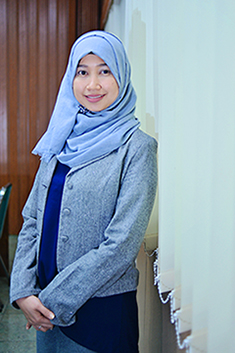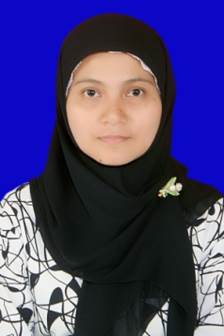Aktivitas Penghambatan Ekstrak Etanol Daun Cassia Spectabilis Terhadap Pertumbuhan Plasmodium falciparum dan Plasmodium berghei
Downloads
Background: Antimalarial screening against nine species of the genus Cassia showed that the methanol extract of leaves Cassia spectabilis have the highest activity. Since it will be used as a traditional medicine, hence it is needed further studies of antimalarial activity of these plants by choosing a safer solvent, namely ethanol. Objective: In vitro anti-malarial activity against Plasmodium falciparum was conducted using the method of Trager and Jensen. Methods: The serial solution tested were: 100, 10, 1, 0.1 and 0.01 µg/ mL, while the in vivo test was performed based on Peter's test (The days suppressive test) that using P. berghei (strain ANKA) infected mice. Results: The results showed that ethanolic extract of C. spectabilis leaves has inhibitory activity against P. falciparum with IC50 value of 12.52 µg/ mL and against P. berghei with ED50 value of 131.5 mg/kg body weight. Conclusions: A further study to see the potential of ethanol extract from C. Spectabilis leaves as anti-malaria is warranted.
Bantie L, Assefa S, Teklehaimanot T, Engidawork E, 2014. In vivo antimalarial activity of the crue leaf extract and solvent fractions of Croton macrostachyus Hocsht. (Euphorbiaceae) against P. berghei in mice. BMC Complement Altern Med 14:79
Budimulja AS, Syaruddin, Tapchaisri P, Wilairat P, Marzuki S. 1997. The Sensitivity of Plasmodium protein synthesis to prokaryotic ribosomal inhibitors. Mol. Biochem Parasitol 84 (1): 137-41
Ekasari W, Wahyuni TS, Yuistira R.A.S. 2015. Potensi antimalaria dan pemeriksaan Mikroskopikfitokimia Genus Cassia. Jurnal Farmasi dan Ilmu Kefarmasian Vol 2.No2. Des.
Fidock DA, Rosenthal PJ, Croft SL, Brun R, Nwaka S, 2004. Antimalarial drug discovery : Efficacy models for compound screening, Review, Nature 3 (Juni): 509-520.
Kim Y, Schneider KA. 2013. Evolution of drug resistance in malaria parasite population. Nat Educ Knowl 4 (8):6
Munoz V, Sauvin M, Bourdy G, Callapa J, Rojas I, Vargas L, Tae A, Deahro E. 2000. The search for natural bioactive compounds through a multidisciplinary approach in Bolivia. Part II. Antimalarial activity of some plants used by Mosetene Indians. J. Ethnopharmacology Vol 69.
pp.139-155
Oliveira AB, Dolabela MF, Braga CF, Jacome R LRP, Varotti FP, Povoa MM. 2009. Plant-Derived Antimalarial Agents: New Leads and Efficient
Phytomedicines. Part I. Alkaloid. An. Acad. Bras. Ciíªnc. vol.81 no.4 Dec.
Phillipson, J. David, 1991. Assays for Antimalarial and Amoebicidal Activities. In: Methods In Plant Biochemistry, Vol. 6, pp. 135-141
Sjafruddin D, Siregar JE, Asih PBS, 2004. Antimalarial drug resistance in Indonesia: A molecular analysis. Symposium of malaria control in
Indonesia, Proceeding. TDC Airlangga University, Surabaya.
Trager, W.and Jensen, J.B., 1976, Human Malaria parasites in continous culture In: Science, 193, pp. 673-676.
WHO, Malaria, Oktober 2015, www.who.int/mediacentre/factsheets/fs094/en/ Diakses 21 Desember 2015. Pukul.13.05 WIB
1. The copyright of this journal belongs to the Editorial Board and Journal Manager with the author's knowledge, while the moral right of the publication belong to the author.
2. The formal legal aspect of journal publication accessibility refers to the Creative Commons Attribution-Non-Commercial-Share Alike (CC BY-NC-SA), which implies that the publication can be used for non-commercial purposes in its original form.
3. Every publication (print/electronic) is open access for educational, research, and library purposes. In addition to the objectives mentioned above, the editorial board is not responsible for copyright infringement


.jpg)















